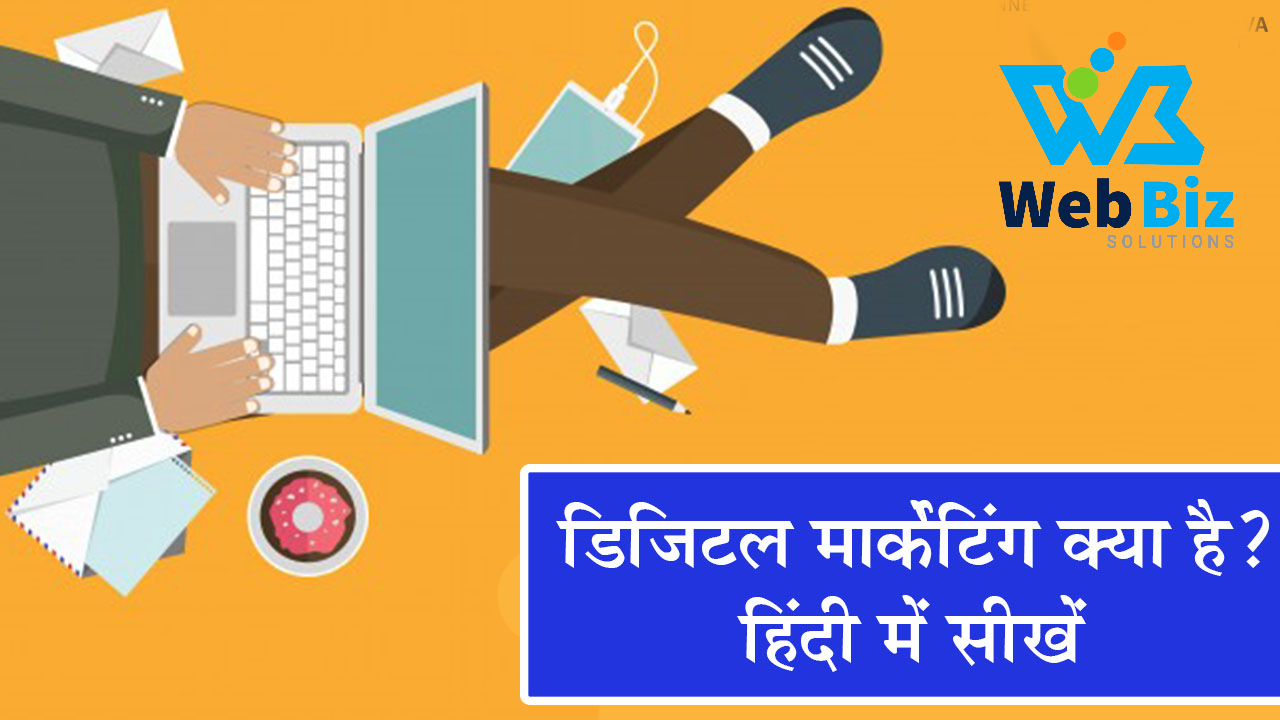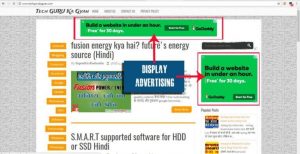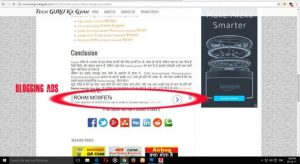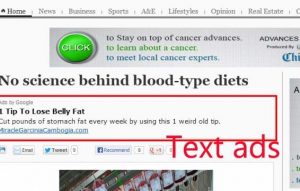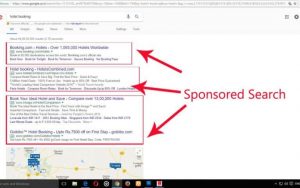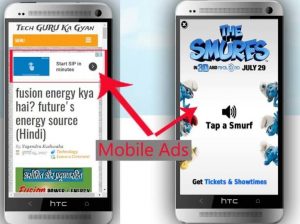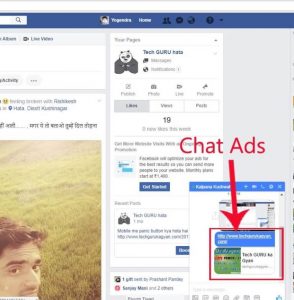Creating a Strong Online Presence for Marketing Success
According to Google, 97% of consumers use the web to search for local businesses – and if the vast majority of your potential customers are online, you should be, too. Having a strong online presence is a crucial component of your marketing strategy, no matter what size your business is or what industry it belongs to.
An online presence is important for outbound marketing because it reinforces your brand and what you offer to your target market. Once you’ve communicated with your audience, you’ll need to have a web presence that helps portray why your product or service is so great – because that’s the next stop for the majority of your potential customers.
It’s also vital for inbound marketing, because quality online content will help attract customers even if they haven’t heard of your brand.
So here are three of the first things you need to look at when building your online marketing efforts.
1. Your website
All businesses, no matter how small, should have a website. It can be extremely basic, but it should contain the fundamental information customers – both existing and potential – need. For example, one frustration I encounter far too often is restaurants that don’t have a website with a current menu, opening hours, location and contact information. I know I’m not alone in that if I can’t find these details, I’m less likely to visit the restaurant – but there’s no reason a business should lose potential customers over something that’s so easy to remedy and costs very little.
A basic website is pretty easy to set up using an application like WordPress. WordPress is a free blogging tool and content management system that gives users the option to pay a little more for the premium version. If it’s relevant to your business, you can even add an online shop – after all, in 2013, 70 percent of consumers preferred to do their retail shopping online.
If you’re not sure where to start, there’s a great guide to WordPress for small businesses on Social Media today. It’s easy to understand and runs through the factors you need to consider and steps you need to take when setting up your small business website.
If you’re starting from scratch and not sure what your website should include, survey your existing customers. Whether you send out an email asking for their input, or mention it casually while making their coffee, it’s the best way to get the insight you need – people love to be involved and share their opinions.
2. Search engine optimization
Once you have a website, it’s vital that it can actually be found by search engines. After all, 89 percent of consumers use search engines to research a product, service or business before making a decision. To take advantage of this, you need to make sure to look at search engine optimization (SEO) for your website.
In case you’re not completely sure what SEO means, how it works, or why it’s important, here’s a quick rundown:
- What: The purpose of SEO is to make it easy for search engines to find your website and list it in their ‘organic’ (as opposed to ‘paid’) results.
- Why: People tend to trust search engines, so websites that appear high in results pages are more likely to receive traffic.
- How: Using search-engine friendly methods to improve your website.
- Who: Everyone – anyone who has information that people want to find on the internet should be using SEO techniques.
- When: All the time – SEO is an ongoing process. It’s important to monitor the information on your website and make sure it’s current and correct. Search engines also love new content, which is why starting a blog can do wonders for your SEO.
- Where: Major search engines include Google, Yahoo and Bing. They connect people all over the world to the content they desire, from products to services to information.
The Beginner’s Guide to SEO by Moz and Google’s Search Engine Optimization Starter Guideboth give a fantastic overview of the basics and will help you optimize your website.
3. Social media
Social media is an important part of your online presence that improves your chances of generating additional revenue and building customer loyalty. It allows customers, potential customers and other interested parties to engage easily via a channel that plays an important role in their everyday lives.
Although not every social media channel will be relevant to each business, it’s definitely worth looking into your options. For example, Facebook and Twitter will serve a purpose for almost any business – it’s a great place to post news, tips, photos and videos and ask and answer questions.
In addition to Facebook and Twitter, you might find Instagram, Google+, LinkedIn, YouTube, Pinterest, Tumblr, FourSquare helpful. Make sure to research available channels and find out if they will work for you. Instagram, for example, is a photo-sharing network, so it works wonderfully for businesses selling ‘beautiful’ products such as jewelry, food or housewares. It’s important to consider your target demographic – Instagram has around 130–150 million users, over two-thirds of which are women between the ages of 18 and 35. With Instagram, you’ll also need to keep a smartphone handy to properly access your account and engage with your audience.
Once you’ve decided which social media channels to use, get a clear idea of the kind of content you can share. The more compelling and engaging your material is, the more likely your followers will like, comment and share your posts. Engagement is key to promoting your brand – not only will it make you more appealing to existing customers, the more positive social activity that goes on, the higher the chance is that their friends will be exposed to your brand and intrigued by what you have to offer.
When they do this, they’re engaging with your brand and their networks (friends, family, colleagues) are seeing that engagement and may be prompted to check you out for their own needs.



